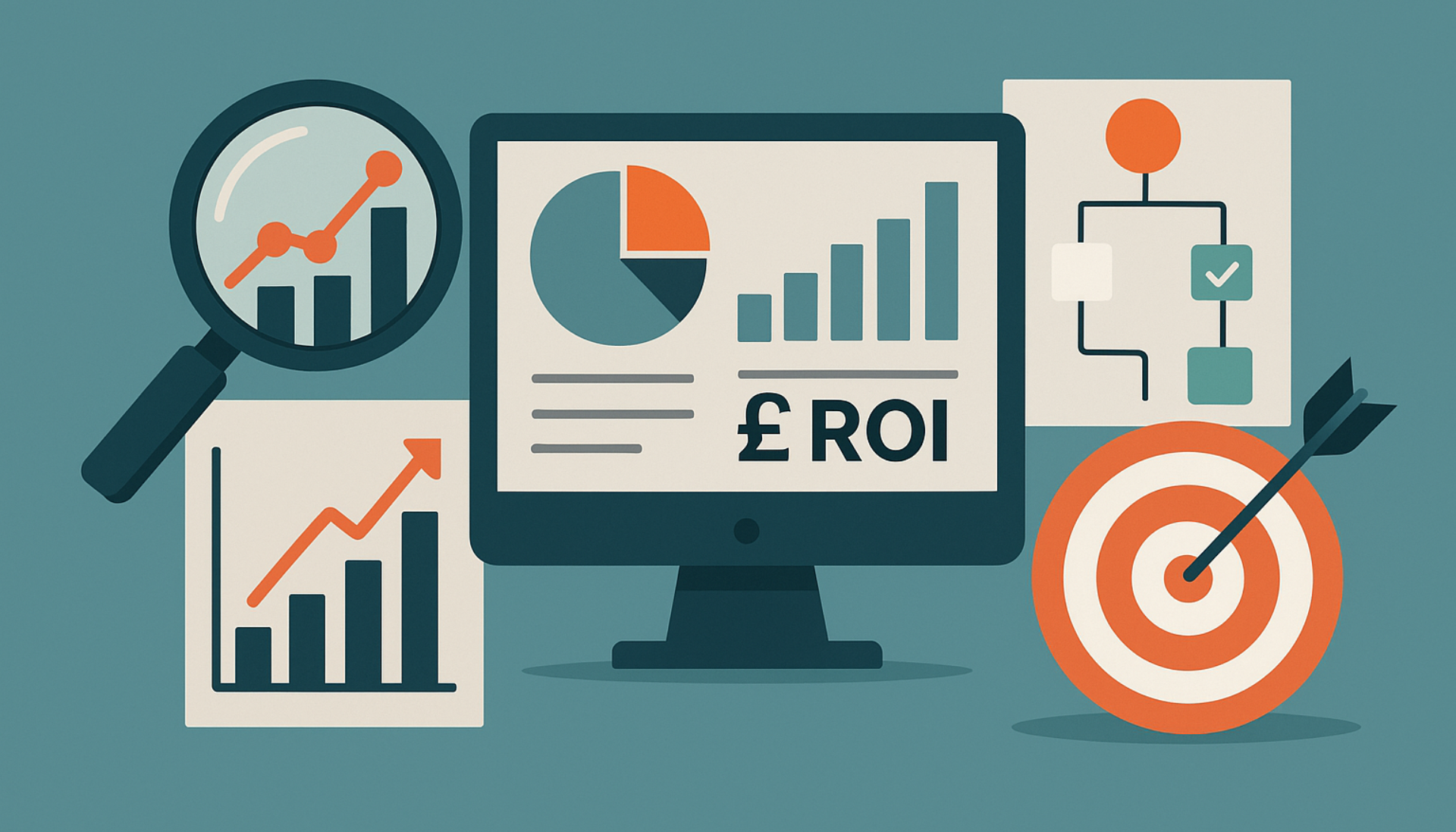Your Recruitment Strategy Needs Data Analytics

In today’s hiring environment, it’s more important than ever to find a strong candidate for a given job as efficiently as possible. With the cost of turnover, the time it takes to interview, and the management and human resources that come into play, you want to avoid bringing on average candidates and winding up with a revolving door of employees. Plus, as we mentioned in our article about a candidate-driven market today’s professionals have their pick of openings because there are more jobs available than workers to fill them. That only heightens the need for your company to up its game to not only make the hiring process efficient, but ensure it can attract the best candidates.
Fortunately, today’s businesses also have more ways than ever to take on these challenges. And one that can be particularly helpful is the application of big data as a part of the recruitment and hiring process. By gathering any and all relevant data, analyzing it with strategic goals, and applying it to various facets of this process, a modern company can make recruitment both more efficient and more effective.
To understand how specifically this all happens, it’s actually helpful to simplify the idea of big data analytics. When you hear those terms, they’re likely to call to mind massive spreadsheets full of numbers, or complex analyses weighed down by technical terms. In reality though, a strong data analytics approach can actually produce meaningful information in a simplified form. Writing for Verizon UK, Simon Austin-Beckett contends that infographics are becoming increasingly popular tools in this regard, in that they provide companies with clear, visual representations of findings. This can have use both internally and externally. For those making decisions within the company, an infographic (or similarly clear set of data) can serve as a straightforward asset for driving new strategies. For someone on the outside, such as a prospective job candidate, any publicly available data of this kind can likewise provide a detailed picture of company performance.
Once you recognise how simple the results of data analytics can be, you can begin to look into how specifically they might alter and improve your recruitment process. Brandan McConnell, writing for Recruitee’s blog, covered several of the basics of analytics in this regard, including: objective visibility into the effectiveness of your methods; clear tracking of prospective candidates; robust records of all candidates interviews, considered, or targeted; and ongoing learning and improvement. Similarly, you can also initiate predictive analytics that may in fact help you to identify by trait, qualification, and experience which candidates are most likely to succeed if hired.
To summarise in the simplest terms, by implementing a system that collects any and all relevant data regarding employees, applicants, and job performance, you can stand to gain a far more accurate picture of your own company. You can then use that picture to drive new strategies that, gone about properly, will virtually guarantee a stronger pool of job candidates and more effective hiring decisions. It’s not something that can be done overnight by any means. But in today’s highly competitive, candidate-driven market, with so many businesses beginning to put practices like these into place, it’s necessary to start the process. Attracting and identifying the right employees are among the most crucial building blocks for a successful modern business, and data analytics can help you to put them in place. If you’re interested in utilising a recruitment agency who prioritise data analytics to improve their efficiency in finding the right candidate for you, then contact us today.
JBeck











